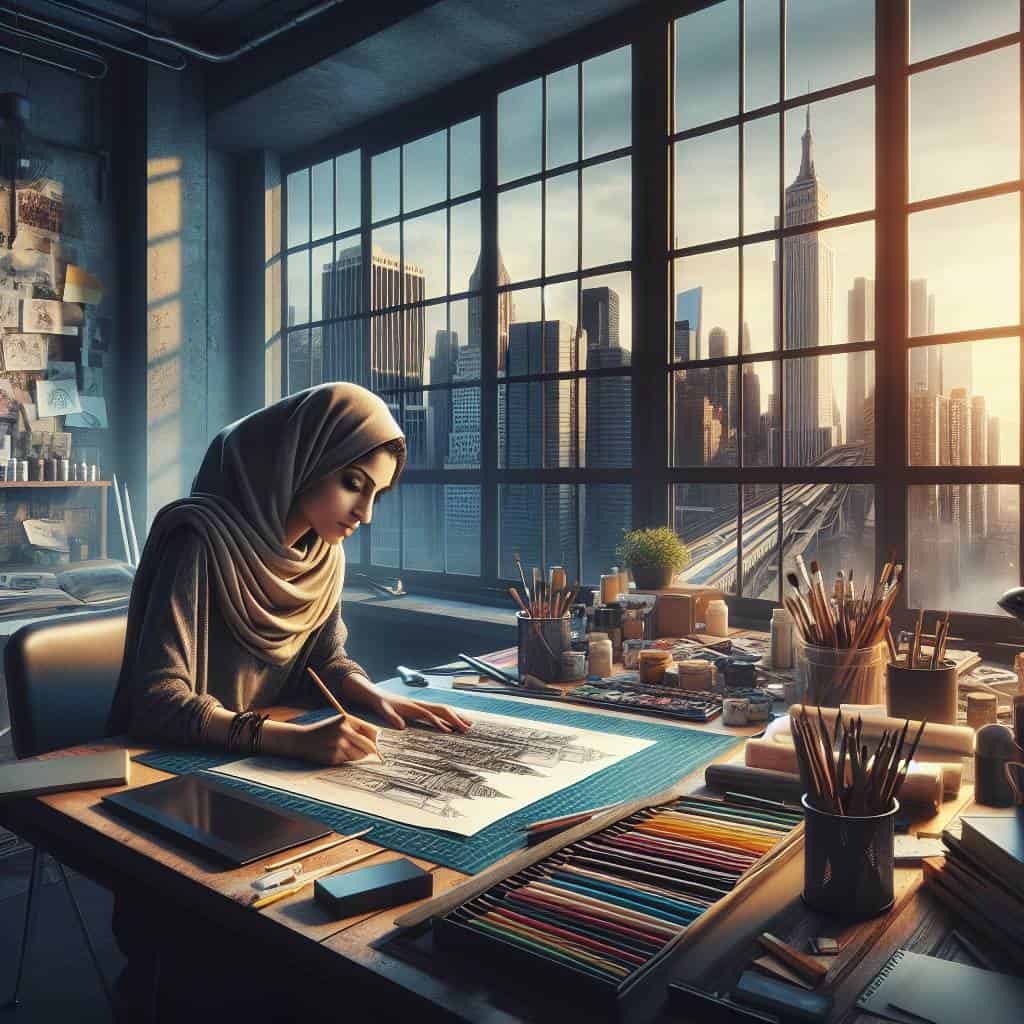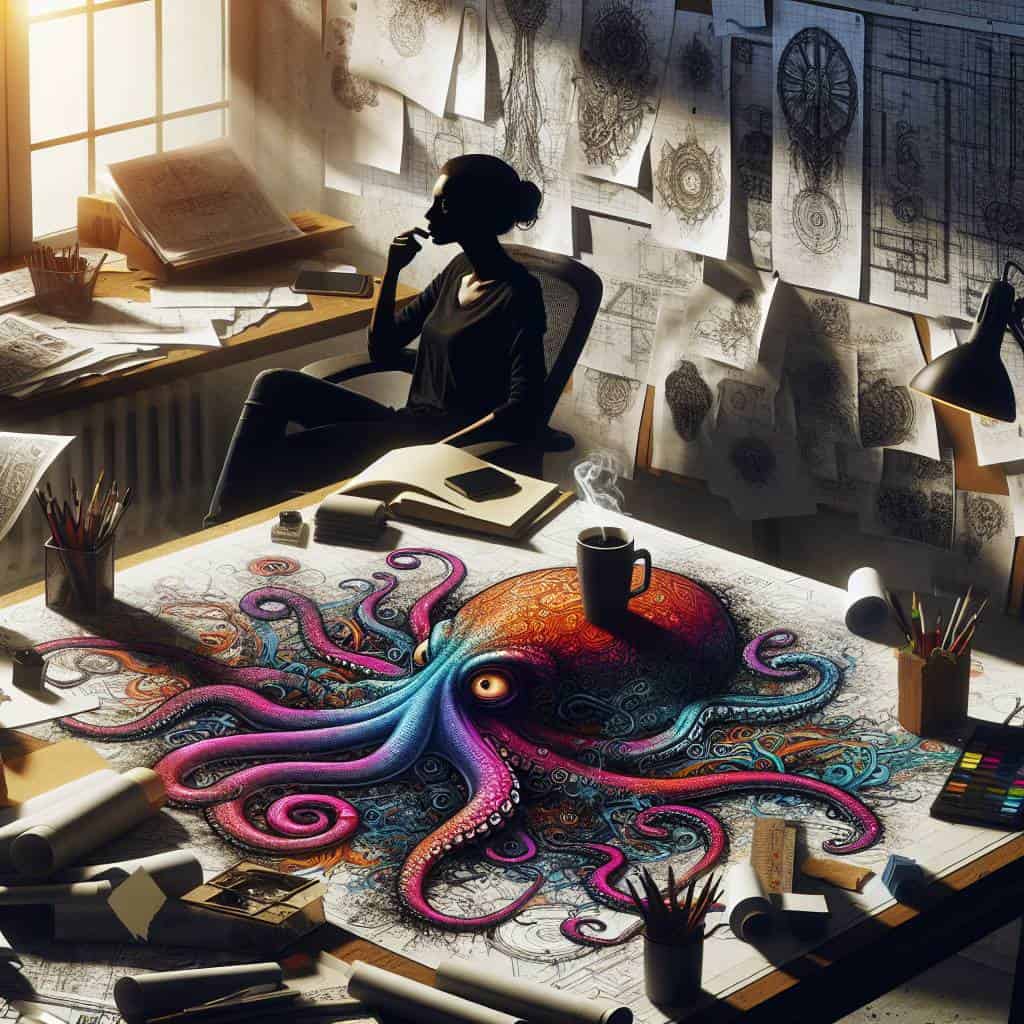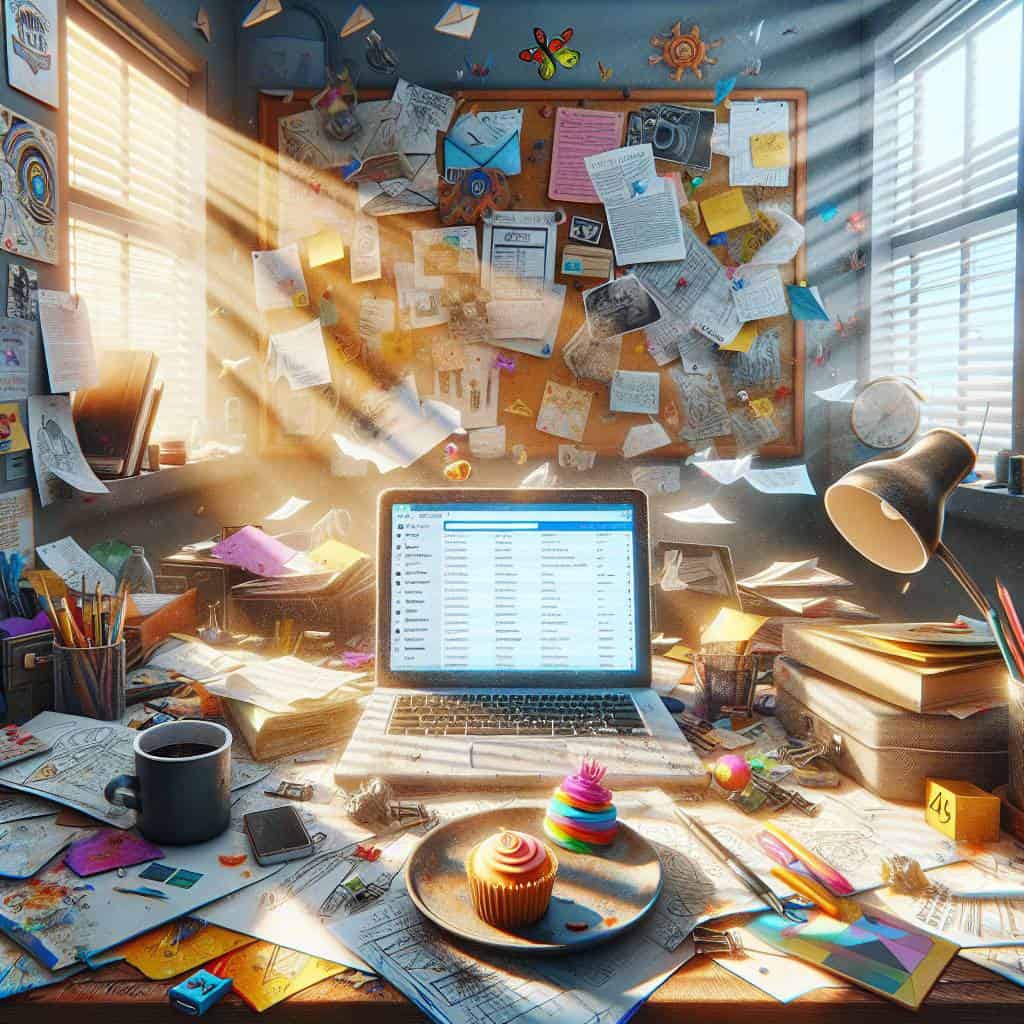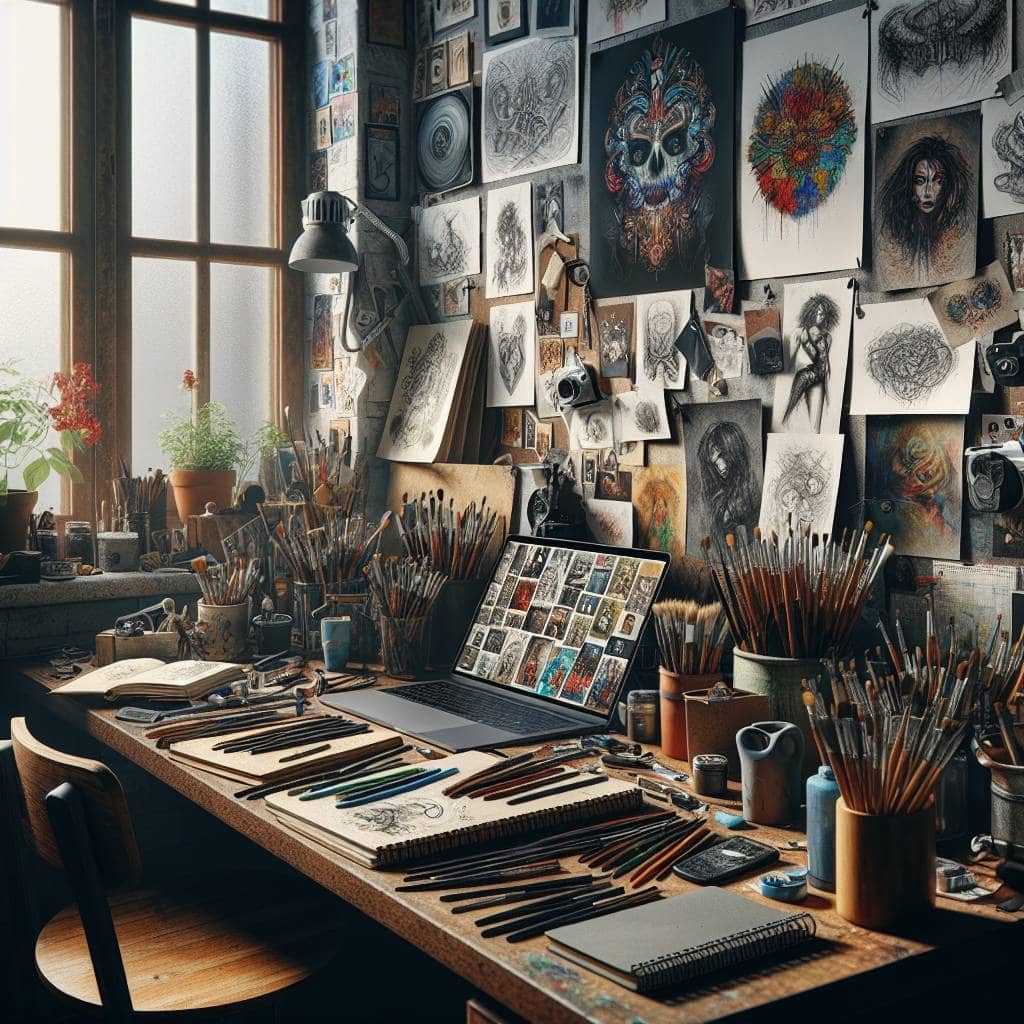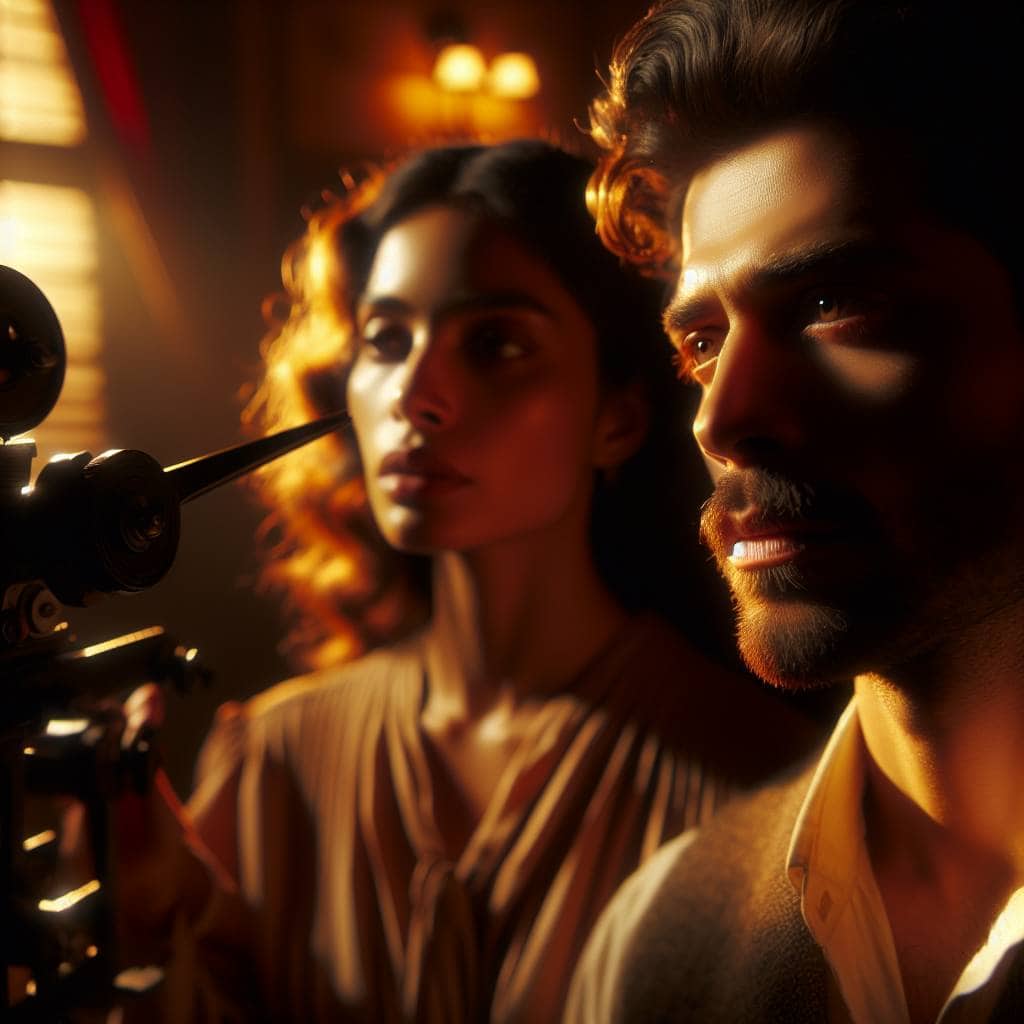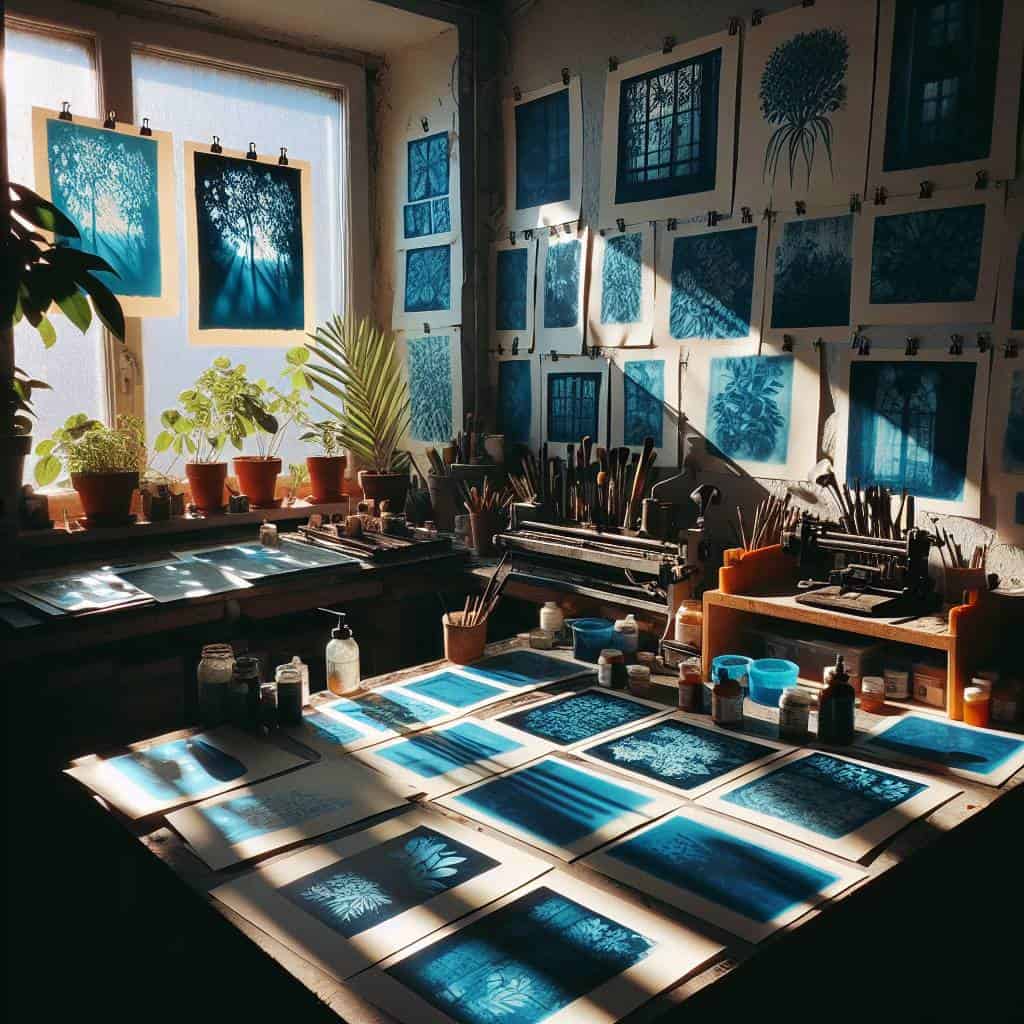I once took a photo that looked like a toddler’s finger painting—chaotic, with my subjects floating aimlessly like lost ducks in a pond. That’s when it hit me: I had no clue about composition. I was that person who thought snapping a picture was just about having a camera, not realizing the artistry in arranging elements within the frame. But hey, we all start somewhere, right? That mess of a photo taught me to stop and actually see the scene before me, rather than just pointing and clicking like a mindless bot. I had to dig into the gritty details of composition, where every line and angle demands attention.
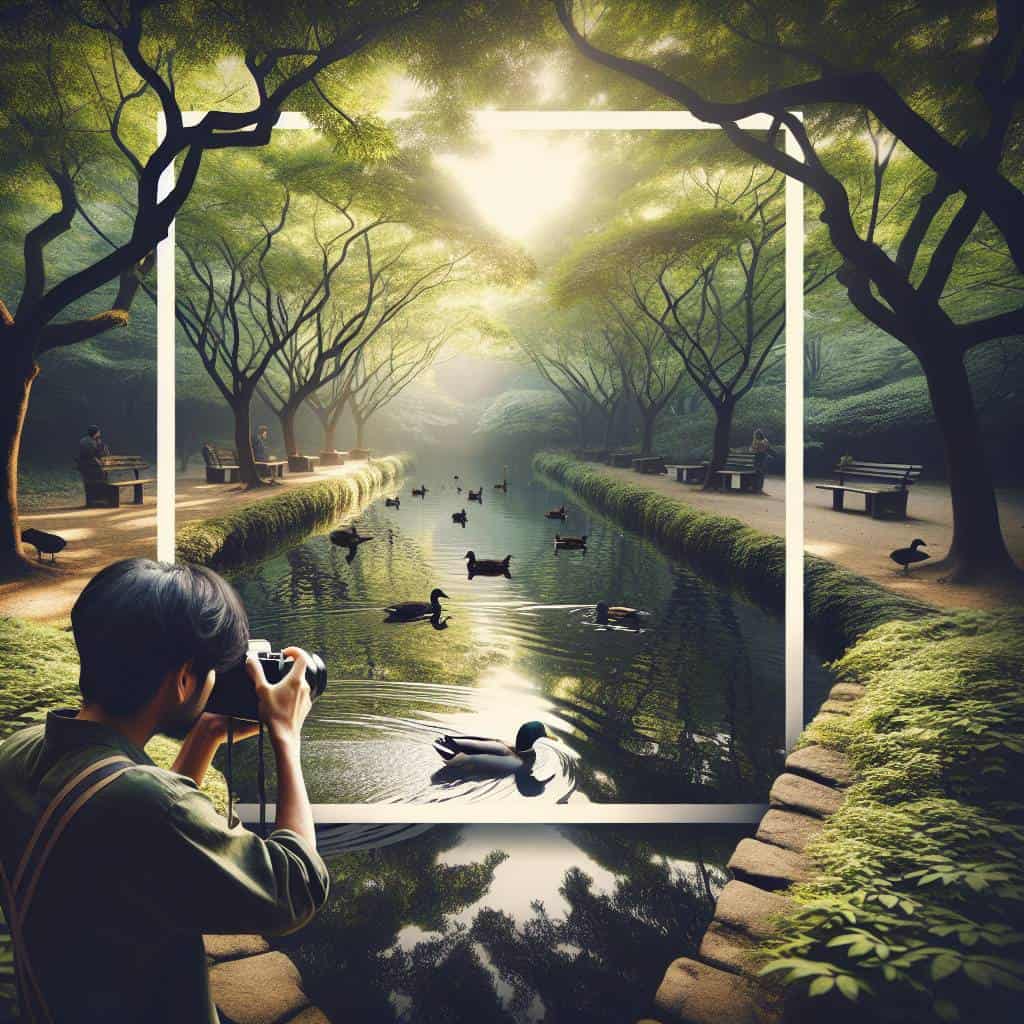
So here’s the deal: if you’re tired of your photos looking like they were taken mid-sneeze, stick around. We’re diving into the real stuff—no fluff, just the essentials. Expect to walk away with a sharper eye for the rule of thirds, leading lines, framing, depth, balance, and all those other fancy terms that make the difference between a snapshot and a work of art. Ready to transform those lackluster shots into something that doesn’t induce a yawn? Let’s get into it.
Table of Contents
How I Learned the Rule of Thirds by Breaking It
Let’s start with a confession: I didn’t respect the rule of thirds until I broke it. Like most rebellious journeys, it began with a stubborn desire to see things differently. You see, the rule of thirds is like that seasoned teacher who insists you color within the lines. It’s all about dividing your frame into nine equal parts and placing your subject along those lines or their intersections. Supposedly, it’s the holy grail of balance. But I was restless, and frankly, I found the predictability suffocating. So, I decided to let chaos reign and tossed my subject smack dab in the center of the frame. What happened next was a revelation: suddenly, I saw leading lines I’d never noticed, depth I’d overlooked, and a newfound appreciation for balance. Breaking the rule didn’t ruin the composition—it just forced me to see the art beyond the grid.
In the world of design and photography, sometimes you need to step outside the lines to understand their importance. The beauty of the rule of thirds lies not in its rigidity but in its ability to guide you back when you’ve wandered too far. By ignoring it, I learned to appreciate how those nine little boxes can introduce tension and interest, drawing the viewer’s eye in unexpected ways. But it also taught me that sometimes, symmetry and central framing can wield power too. They can create a striking image that’s bold and unapologetic. It’s about knowing when to let the rules lead and when to let your instincts drive. So, next time you’re setting up a shot, remember: it’s not about being a slave to the grid. It’s about understanding that art is in the details, in the choices you make, and in the rules you dare to break.
Through the Photographer’s Eye
Composition isn’t about rules; it’s about guiding the viewer’s gaze to find poetry in the chaos.
Why Composition is My Silent Partner in Crime
Photography isn’t just about capturing what’s in front of you; it’s about orchestrating elements to create visual symphonies. The rule of thirds, leading lines, framing—these aren’t just technical jargon. They’re the secret ingredients in my creative stew. Ignoring them is like trying to make a cake without flour. Sure, you can do it, but it’ll taste like regret.
My journey with composition has been a wild ride, full of missteps and ‘aha’ moments. It’s a dance between chaos and order, where the balance of art is found not in perfection, but in the imperfections. Every time I press the shutter, I’m not just taking a photo. I’m telling a story that’s uniquely mine, with a rhythm that only I can hear. So, here’s to breaking rules, bending lines, and framing life as it unfolds in all its messy, beautiful glory.
